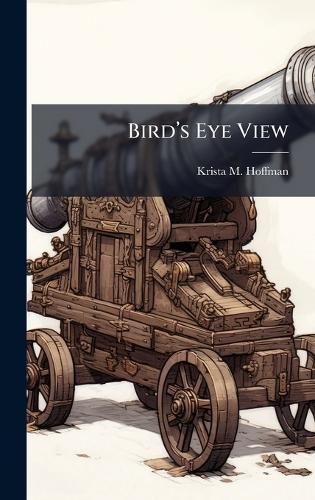Readings Newsletter
Become a Readings Member to make your shopping experience even easier.
Sign in or sign up for free!
You’re not far away from qualifying for FREE standard shipping within Australia
You’ve qualified for FREE standard shipping within Australia
The cart is loading…






This title is printed to order. This book may have been self-published. If so, we cannot guarantee the quality of the content. In the main most books will have gone through the editing process however some may not. We therefore suggest that you be aware of this before ordering this book. If in doubt check either the author or publisher’s details as we are unable to accept any returns unless they are faulty. Please contact us if you have any questions.
This thesis compares a traditional M2 machine gun with an M2 mounted on the Common Remotely Operated Weapon Station (CROWS). Enemy tactics in Iraq led the military to develop materiel solutions that will increase force protection, particularly when operating off base and on roadways. CROWS is an example of military innovation designed to increase force protection while maintaining lethality and minimizing collateral damage. CROWS is a remotely operated weapons platform primarily mounted on the Army's M1114 Up-Armored High Mobility Multipurpose Wheeled Vehicle (HMMWV). The problem is whether this state-of-the-art weapon system is an improvement over a traditionally manned weapon in combat. To address the problem the thesis analyzed the benefits of CROWS over an M2, any systemic issues associated with the system, what end-users thought, and what additional and unique resources CROWS requires. This thesis also analyzed the system's limitations in terms of doctrine, organization, training, materiel, leadership and education, personnel, and facilities (DOTMLPF). The combination of document research and primary source information provide justification that, despite some increased capabilities, CROWS is not an improvement over a traditionally manned weapon in combat at the current time.
This work has been selected by scholars as being culturally important, and is part of the knowledge base of civilization as we know it. This work was reproduced from the original artifact, and remains as true to the original work as possible. Therefore, you will see the original copyright references, library stamps (as most of these works have been housed in our most important libraries around the world), and other notations in the work.
This work is in the public domain in the United States of America, and possibly other nations. Within the United States, you may freely copy and distribute this work, as no entity (individual or corporate) has a copyright on the body of the work.
As a reproduction of a historical artifact, this work may contain missing or blurred pages, poor pictures, errant marks, etc. Scholars believe, and we concur, that this work is important enough to be preserved, reproduced, and made generally available to the public. We appreciate your support of the preservation process, and thank you for being an important part of keeping this knowledge alive and relevant.
$9.00 standard shipping within Australia
FREE standard shipping within Australia for orders over $100.00
Express & International shipping calculated at checkout
This title is printed to order. This book may have been self-published. If so, we cannot guarantee the quality of the content. In the main most books will have gone through the editing process however some may not. We therefore suggest that you be aware of this before ordering this book. If in doubt check either the author or publisher’s details as we are unable to accept any returns unless they are faulty. Please contact us if you have any questions.
This thesis compares a traditional M2 machine gun with an M2 mounted on the Common Remotely Operated Weapon Station (CROWS). Enemy tactics in Iraq led the military to develop materiel solutions that will increase force protection, particularly when operating off base and on roadways. CROWS is an example of military innovation designed to increase force protection while maintaining lethality and minimizing collateral damage. CROWS is a remotely operated weapons platform primarily mounted on the Army's M1114 Up-Armored High Mobility Multipurpose Wheeled Vehicle (HMMWV). The problem is whether this state-of-the-art weapon system is an improvement over a traditionally manned weapon in combat. To address the problem the thesis analyzed the benefits of CROWS over an M2, any systemic issues associated with the system, what end-users thought, and what additional and unique resources CROWS requires. This thesis also analyzed the system's limitations in terms of doctrine, organization, training, materiel, leadership and education, personnel, and facilities (DOTMLPF). The combination of document research and primary source information provide justification that, despite some increased capabilities, CROWS is not an improvement over a traditionally manned weapon in combat at the current time.
This work has been selected by scholars as being culturally important, and is part of the knowledge base of civilization as we know it. This work was reproduced from the original artifact, and remains as true to the original work as possible. Therefore, you will see the original copyright references, library stamps (as most of these works have been housed in our most important libraries around the world), and other notations in the work.
This work is in the public domain in the United States of America, and possibly other nations. Within the United States, you may freely copy and distribute this work, as no entity (individual or corporate) has a copyright on the body of the work.
As a reproduction of a historical artifact, this work may contain missing or blurred pages, poor pictures, errant marks, etc. Scholars believe, and we concur, that this work is important enough to be preserved, reproduced, and made generally available to the public. We appreciate your support of the preservation process, and thank you for being an important part of keeping this knowledge alive and relevant.